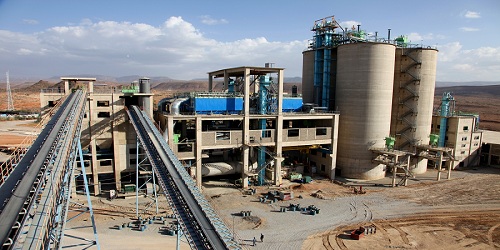CDM BENCHMARKING IN CEMENT INDUSTRY
The Clean Development Mechanism (CDM) provides the opportunity for developed economies to invest in greenhouse gas emission reduction projects in developing economies and earn carbon credits, which can be monetized or used in some cases to offset home-country obligations.
Unfortunately, the process is slow, suffers from subjective judgements of project "additionality" (i.e. better than "business as usual"), and has not delivered the expected emissions reductions. The cement sector so far accounts for less than 4% of the nearly 1600 approved projects globally.
The CSI, along with the Dutch consulting group Ecofys, has developed a new sector-based benchmarking CDM methodology aimed at increasing the use of the CDM process for the cement industry. The CSI believes this new methodology will reduce the administrative and subjective aspects of current approaches by using benchmarks for plant performance derived from the CSI’s global cement database on CO2 and energy information, ‘Getting the Numbers Right’, the GNR database.
The methodology has been submitted to the UNFCCC CDM Executive Board and is currently under review.
Key concepts of the methodology are:
It is intensity-based (measured in CO2 per ton of clinker and/or CO2 per ton of cement).
It is applicable to project activities combining a number of different greenhouse gas reduction measures and process improvements.
It uses statistical information for actual emissions of clinker and cements production in the region and world-wide, sourced from the GNR system.
Representative statistical information is used to define in a systematic and objective way the "Business-as-Usual" and baseline emissions, through the "baseline benchmark". The statistical information is also used to evaluate and demonstrate reductions that are additional, through the "additionality benchmark". The baseline benchmark level is based on the current practice, excluding the worst performing facilities. It is updated throughout the duration of the project. The additionality benchmark is representing the top 30% performing facilities and it is set at the starting date of the project activity.
The project participant can claim credits only when the emission intensity is below the additionality benchmark level, giving incentive only to projects with high environmental integrity.
Newly built facilities are included, but use different benchmarks compared to existing facilities. The approach ensures that the baseline for new cement production facilities is lower than that of existing facilities to acknowledge that a new cement production facility can take the greenhouse gas emission performance directly into account in the design of the facility.
